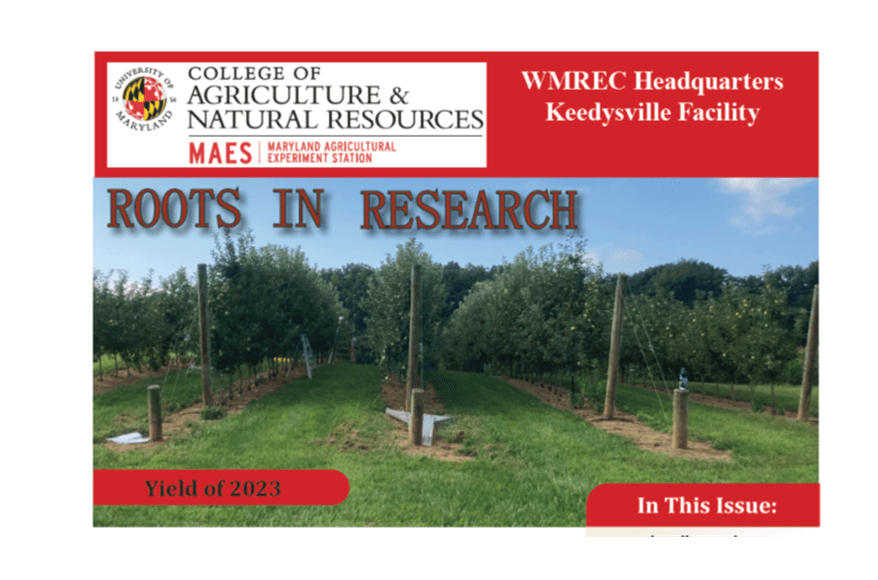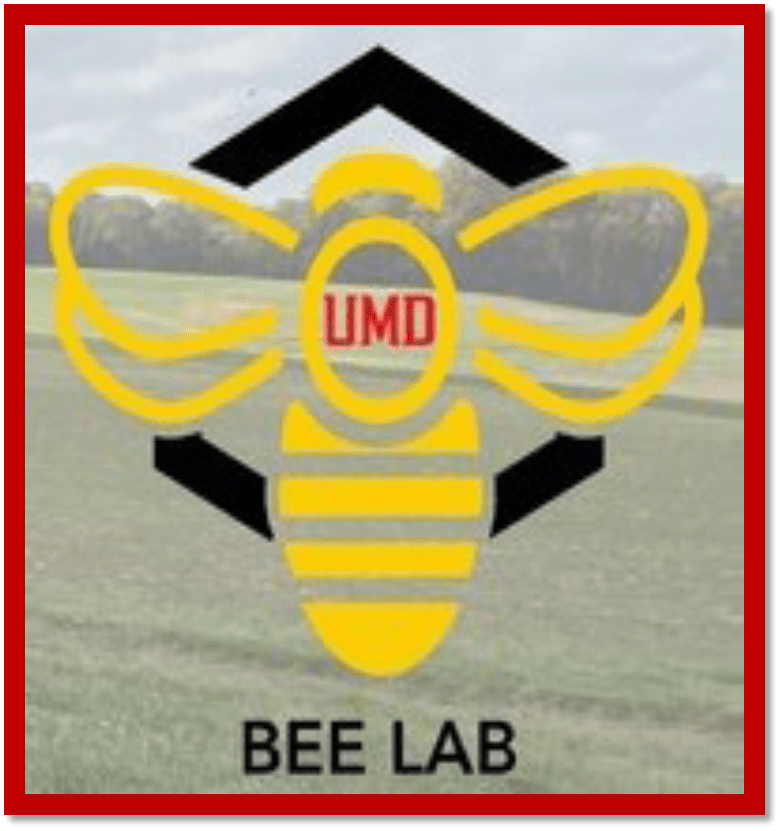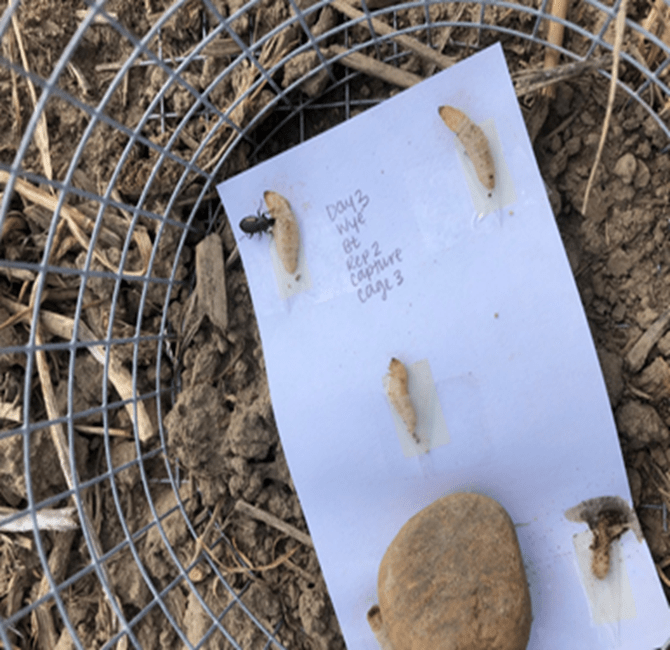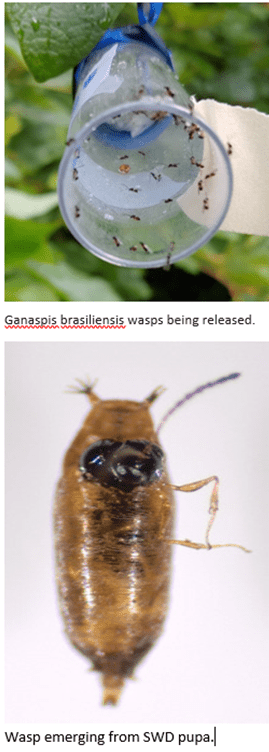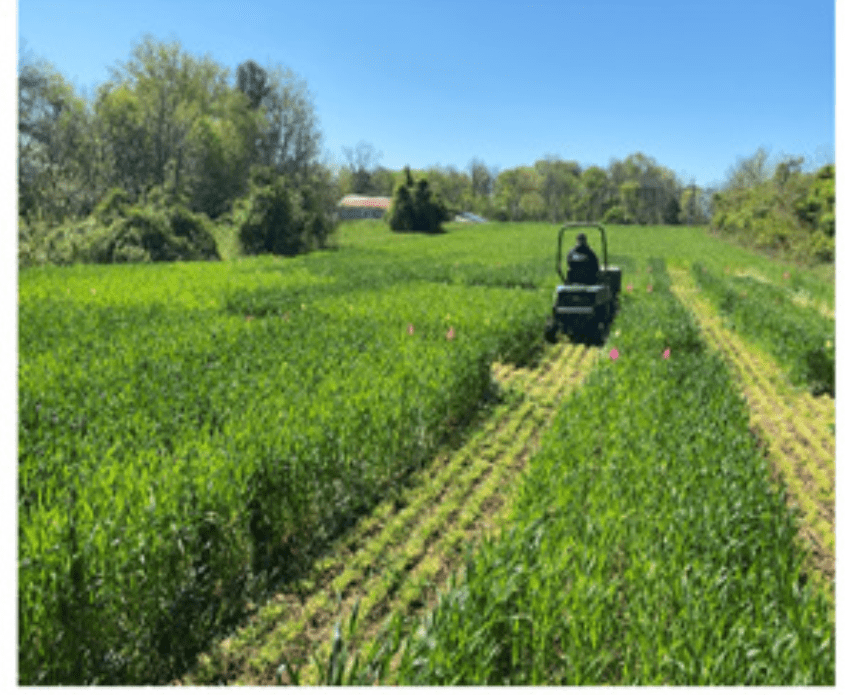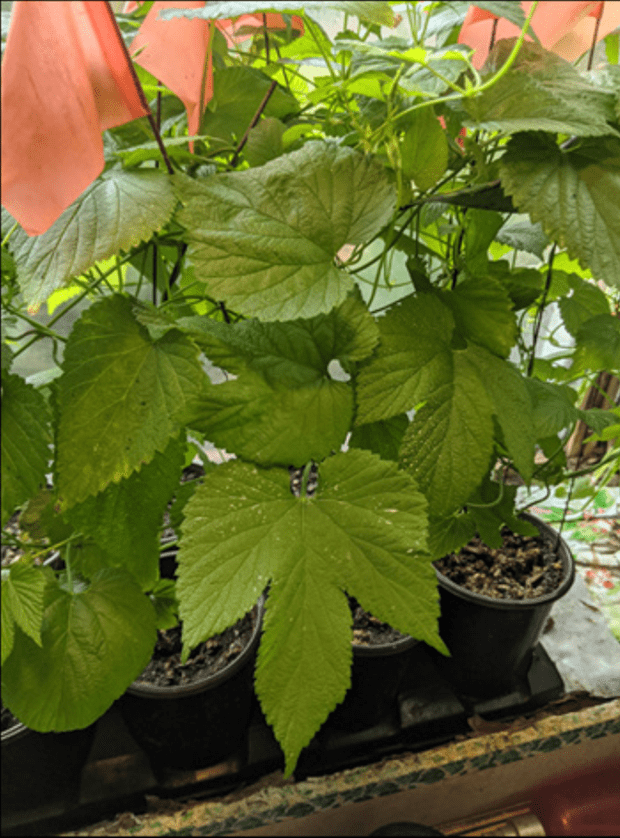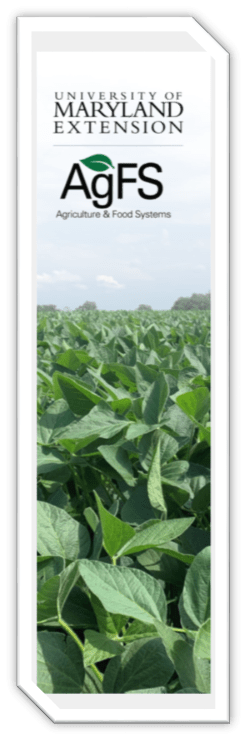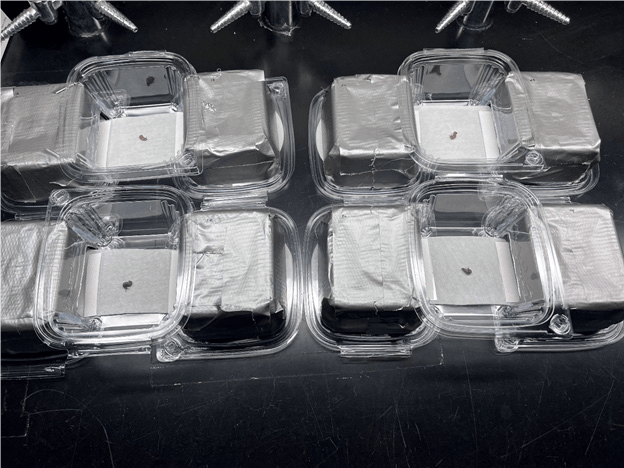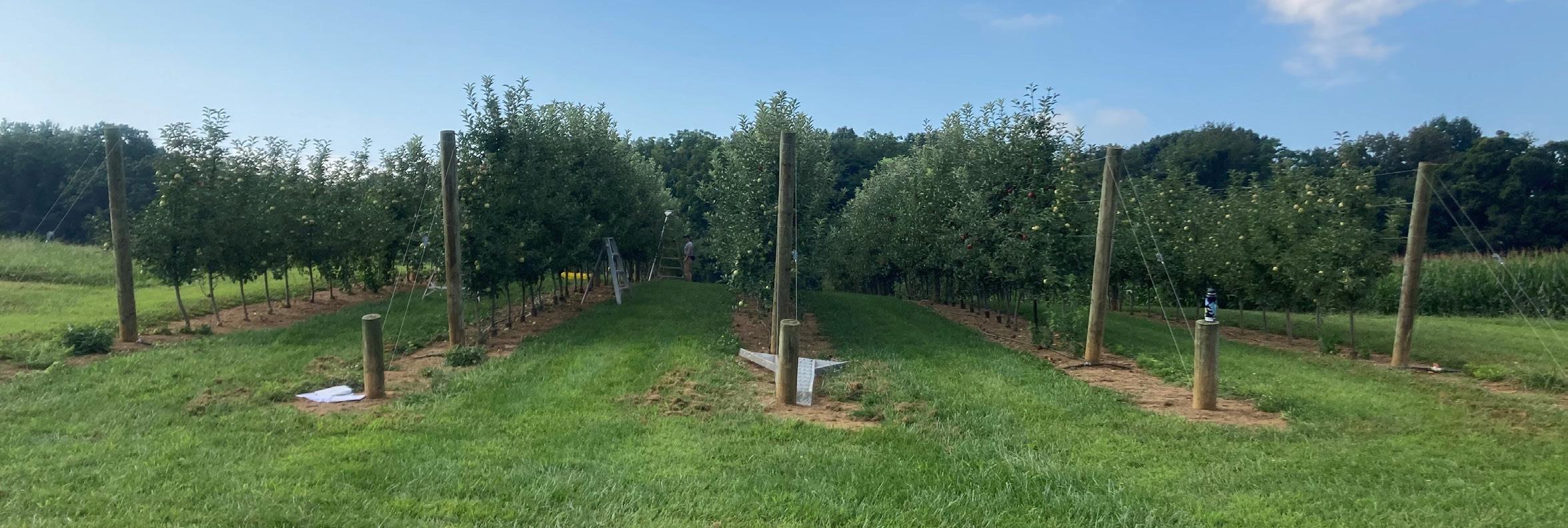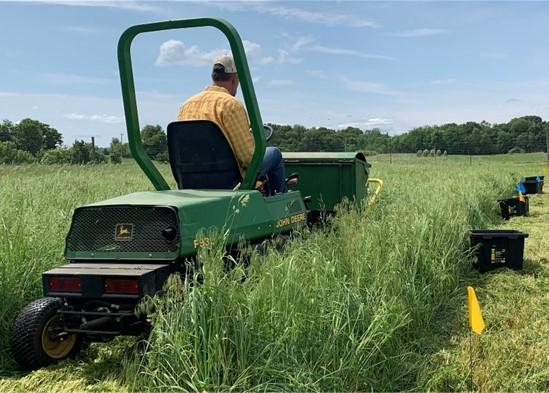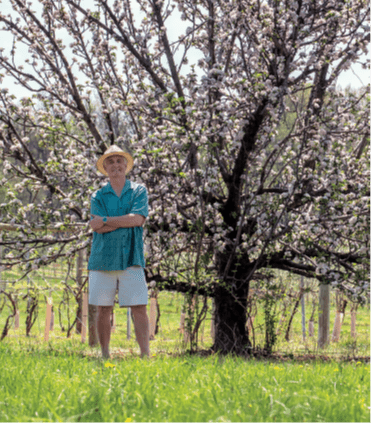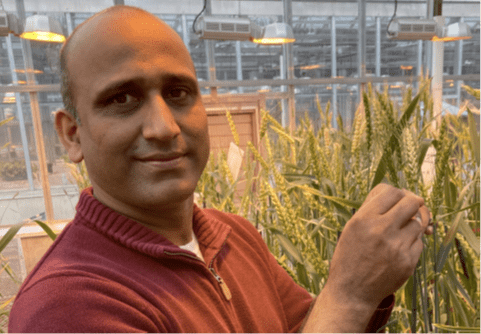'Roots in Research' Newsletter
WMREC Headquarters - Keedysville Facility - Yield Year 2023
The 2023 growing season can be summed up in a single word: “dry.” Changes in rainfall patterns and hot, dry summers are just one of the stresses that MD farmers can expect to face under a changing climate. Many of the research projects carried out at the UMD RECs are helping to find solutions to help farmers cope with drought stress and other climate change factors. From genetic improvements to crops and alternative crop rotations, to cover crop management and climate monitoring, the studies carried out at our RECs are designed to ensure the success of MD agriculture through adaptive and resilient cropping strategies. Enjoy this summary highlighting the hard work that UMD researchers are doing in pursuit of solutions to agriculture’s most pressing problems.
Alan Leslie
MAES Center Director
WMREC | CMREC | LESREC
Download PDF of Roots in Research___________________________________________________________________________________________________________________________________________
